Sarees: A Timeless Tale of Grace and Culture
The saree is not just a piece of clothing—it's an emotion, a tradition, and a celebration woven together with threads of culture and artistry. For centuries, the saree has graced the lives of Indian women, from royal courts to rural fields, from festive rituals to everyday chores. Its six to nine yards of fabric hold stories passed down through generations—of skillful weavers, evolving drapes, and the undying elegance of womanhood.
Each region in India has nurtured its own unique version of the saree. In the looms of Kanchipuram, rich silk threads are transformed into shimmering marvels adorned with golden borders. In the bylanes of Varanasi, Banarasi sarees glitter with zari and motifs that echo Mughal influence. Bengal’s cotton Tangails breathe simplicity and poise, while Assam’s Muga silk glows with a natural golden sheen that no dye could replicate. From the vivid Bandhani tie-dyes of Gujarat to the geometrically patterned Ikkats of Odisha and Telangana, every weave speaks a dialect of its land.

Despite being deeply traditional, the saree has never been confined by time. It adapts. It reinvents. It listens to fashion’s whispers and then speaks louder. Today, women drape sarees over jeans, wear them with crop tops, cinch them with belts, and twist them into new silhouettes. Sarees once associated strictly with festivals or formal gatherings are now confidently walking into boardrooms, coffee shops, and college campuses. And it’s not just about style—this is about reclaiming a legacy, one drape at a time.
The beauty of the saree also lies in its intimacy. Every woman has her own way of wearing it. The pleats might change, the pallu might fall differently, but it becomes a second skin, flowing with her rhythm. It can make one feel regal, romantic, powerful, or playful—all in the same breath. It doesn’t demand a certain body type or a fixed occasion. Whether you’re eighteen or eighty, the saree wraps you in confidence and charm.
Behind every saree is a story not just of the wearer but also of the maker. The skilled artisans who spin, dye, weave, and embellish each yard carry on the craft with devotion, often through generations. Supporting handloom sarees is more than a fashion choice—it’s a tribute to heritage, a nod to sustainability, and a way of preserving India’s living traditions.
Caring for a saree is like tending to a piece of art. It asks for gentle hands, patient folds, and the kind of attention that we usually reserve for precious things. Unfolding an old saree sometimes brings back the scent of a wedding, the warmth of a family function, or the thrill of a first purchase. They are not just clothes; they are emotional landscapes.
In a world driven by fast fashion and fleeting trends, the saree remains eternal. It has seen kingdoms rise and fall, traditions shift, and generations evolve. And yet, it still stands—fluid, fierce, and full of stories. Owning a saree is like owning a slice of history. Wearing one is like walking poetry.

If you're looking to find yourself, to express yourself, or to ground yourself, drape a saree. Let it whisper its stories to you. Let it wrap you not just in silk or cotton, but in identity, beauty, and pride.

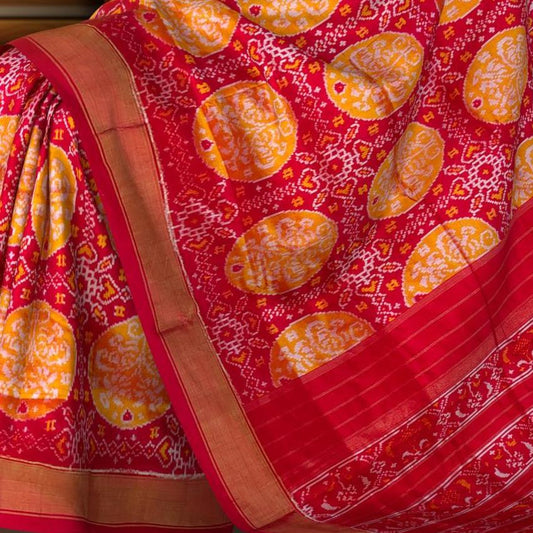
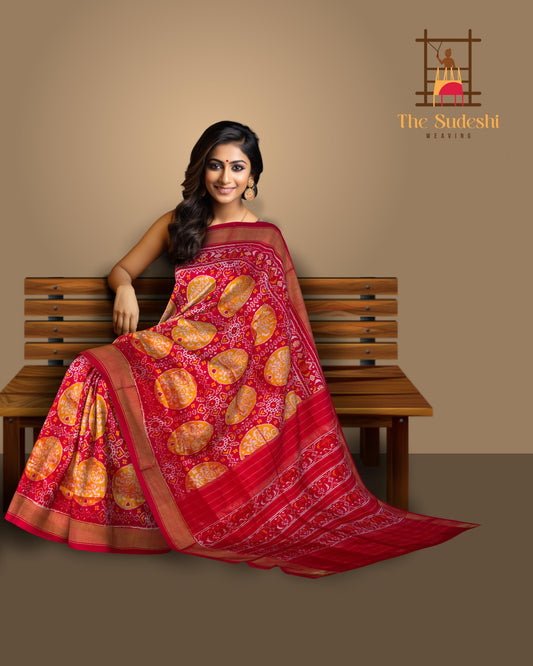
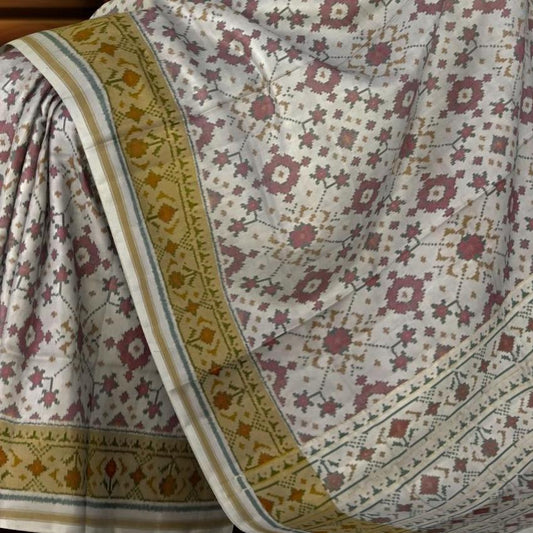
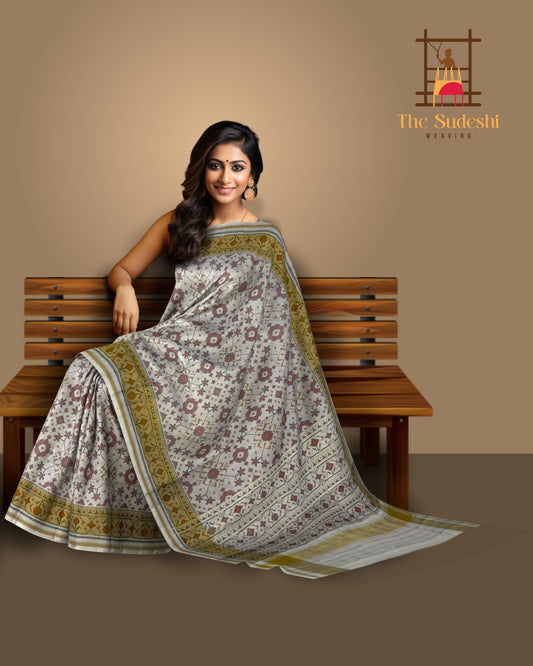
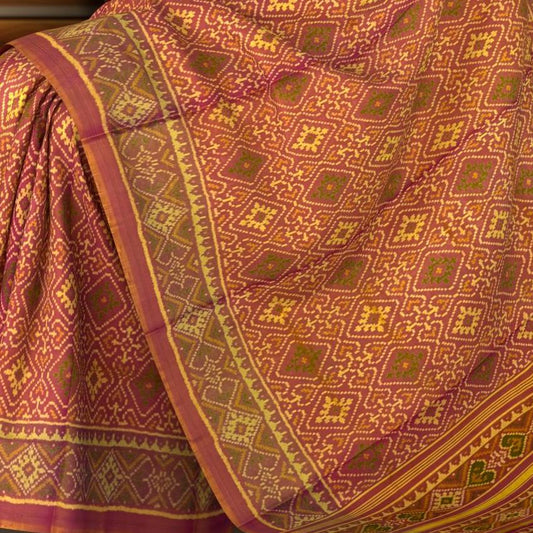
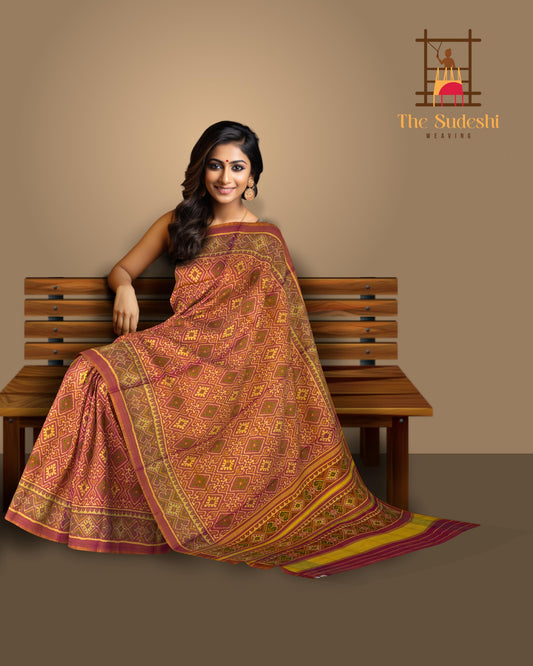
Leave a comment
Please note, comments need to be approved before they are published.